Last summer, the Native Lands Advocacy Project (a project of Village Earth) completed a Historic Loss Assessment for the Truth, Restoration, and Education Commission (TREC) of the People of the Sacred Land. This Historic Loss Assessment was created to articulate losses from land dispossession and colonial settlement for the Native Nations of Colorado.
By creating first-of-their-kind data tools and consolidating data from a variety of sources, this assessment calculated the following quantifiable losses:
- Acres of land dispossessed through treaties, patenting, and allotment
- Value of dispossessed land at the time of taking and in the present day
- Loss of life through violent conflicts
- Extraction of minerals in quantities and dollar values
- Settler incursions into unceded Native lands
- Loss of agricultural revenue on reservations and ceded lands
- Fragmented habitat as a measure of the harm inflicted on Native lands by colonization
- Massacre of buffalo to document the loss of a precious relative and the intentional campaign to destroy traditional food systems
We’re pleased to share that People of the Sacred Land has recently published this Historic Loss Assessment alongside two other reports, which together provide “a comprehensive examination of the extensive damage endured by Native peoples due to forced relocation, illegal seizure of land, violations of human rights, acts of violence, warfare, deceptive practices, and other illicit actions perpetrated by the state of Colorado, its citizens, and the US government and federal agents over the past 170 years” (TREC, 2024). Links to these reports, as well as to various news outlets’ coverage of this work, can be found below.
Value of Mineral and Energy Commodities Extracted from Colorado. This dashboard, developed by NLAP for the TREC, can be viewed on page 80 of the Historic Loss Assessment.
In the process of completing this loss assessment for the TREC, we at NLAP came to realize the potential that tools like this have for advocacy and education at the state level. While much of settler colonialism’s harm to Native Nations is unquantifiable, assessments like this provide data that helps tell those Nation’s stories. Historic Loss Assessments can be powerful tools for correcting historically harmful narratives and advocating for true and equitable pathways forward.
Because of our belief in the power of this tool, NLAP has created a series of blog posts as a general guide to the methods and resources used to create a Historic Loss Assessment. This overview is not intended to be comprehensive, but instead to act as an introduction to this monumental, state-level look at Native losses from first contact to the present-day. If you have any questions or would like our help creating your own assessment, contact us at info@nativeland.info.
This blog post is the first in a series that documents our processes in creating a Historic Loss Assessment. To view the landing page for the rest of the series, click here.
Learn more about the TREC's Report & Recommendations:
The Truth, Restoration, and Education Commission
Read the full reports:
- The Legal and Political History of Colorado Tribes
- Historic Loss Assessment
- History of Indian Education in Colorado
The Associated Press
“A report published this week by a Native American-led nonprofit examines in detail the dispossession of $1.7 trillion worth of Indigenous homelands in Colorado by the state and the U.S. and the more than $546 million the state has reaped in mineral extraction from them.”
Grist
“Skiing, hiking, and other outdoor recreational pastimes have lent Colorado a woodsy — and environmentally friendly — reputation. This image is at odds with the state’s first and biggest industry: mineral extraction. From 1858 to 2022, mineral extraction in Colorado has amounted to a $546 billion dollar industry. The state remains one of the leaders in coal and gold, but the state is also home to oil, natural gas, limestone, and helium mining.”
CPR News
“A report released today aims to quantify the historic loss of life, land and precious resources for 10 Native nations historically in Colorado, and asks the state to help “mend all that has been broken between Colorado’s original inhabitants and the settler community.”
The privately funded study took two years to complete and is over 700 pages long. It draws on treaties, governmental records, scholarly works, magazines, journals, newspapers, and other sources. It calculates the total market value of dispossessed land at $1.17 trillion.”
Written by Emma Scheerer


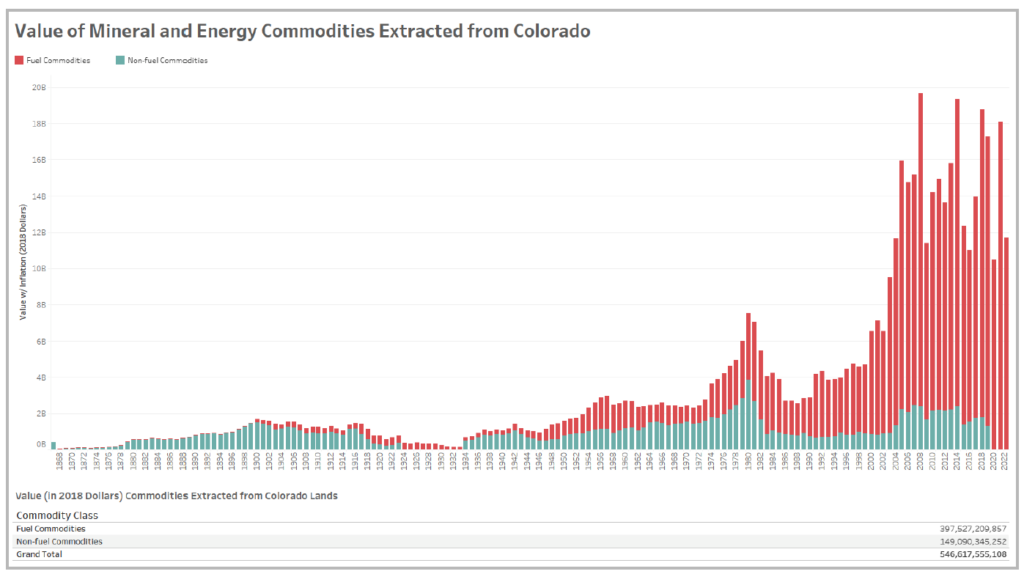
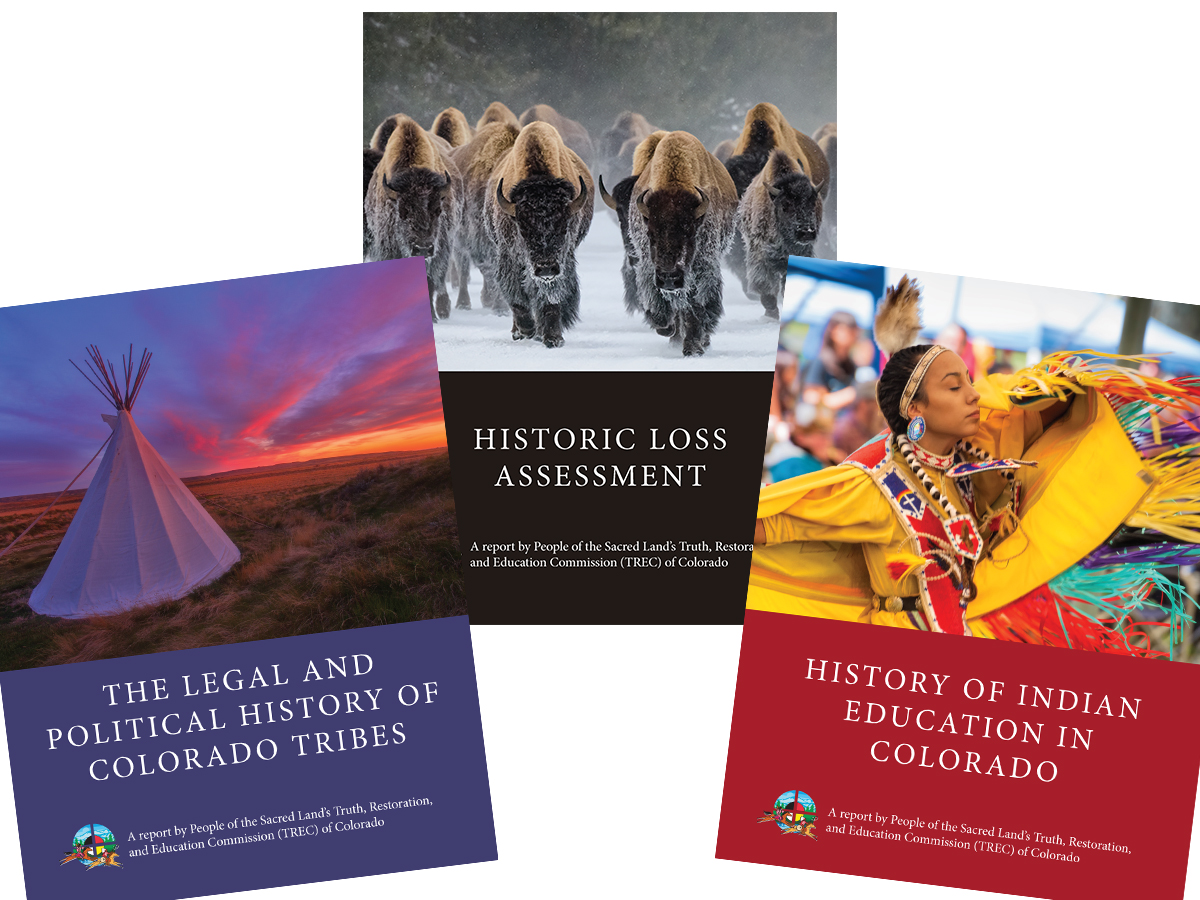
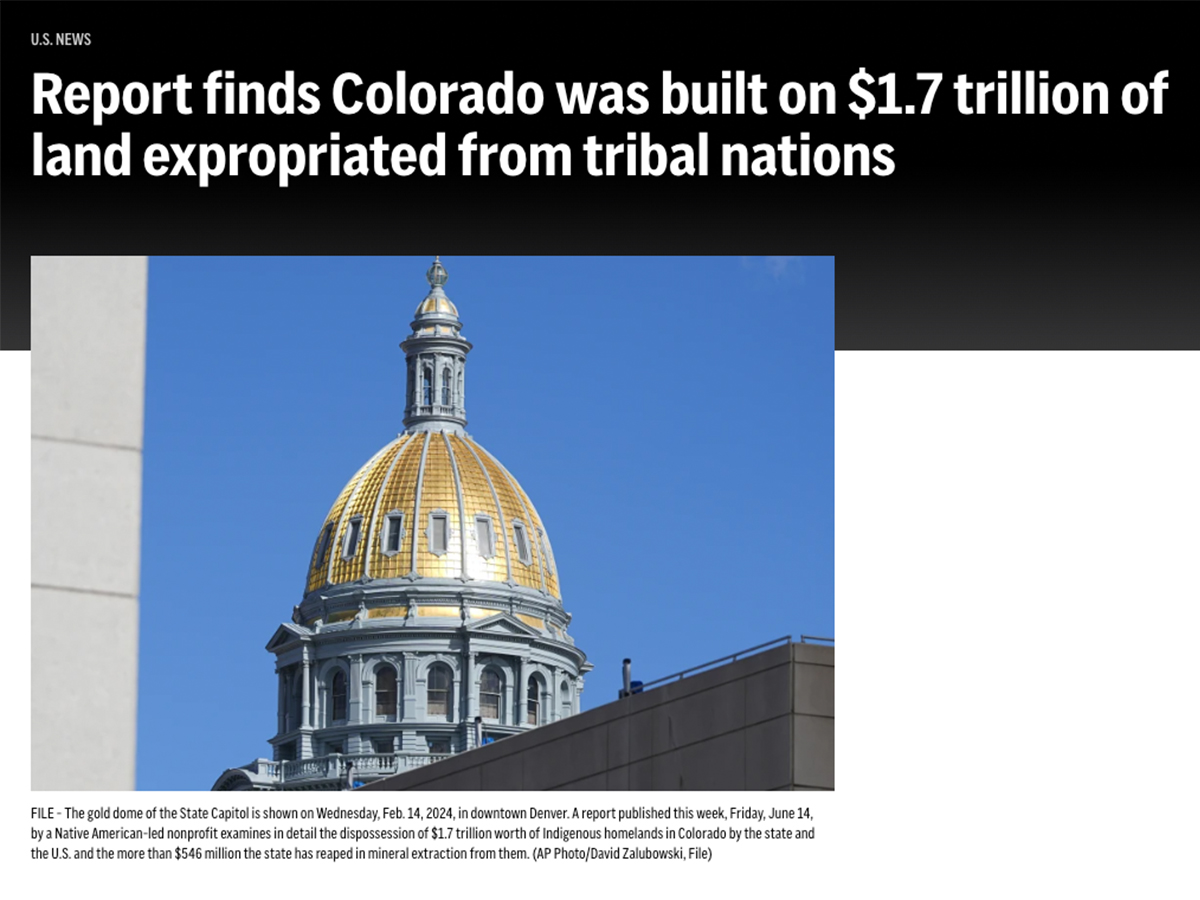
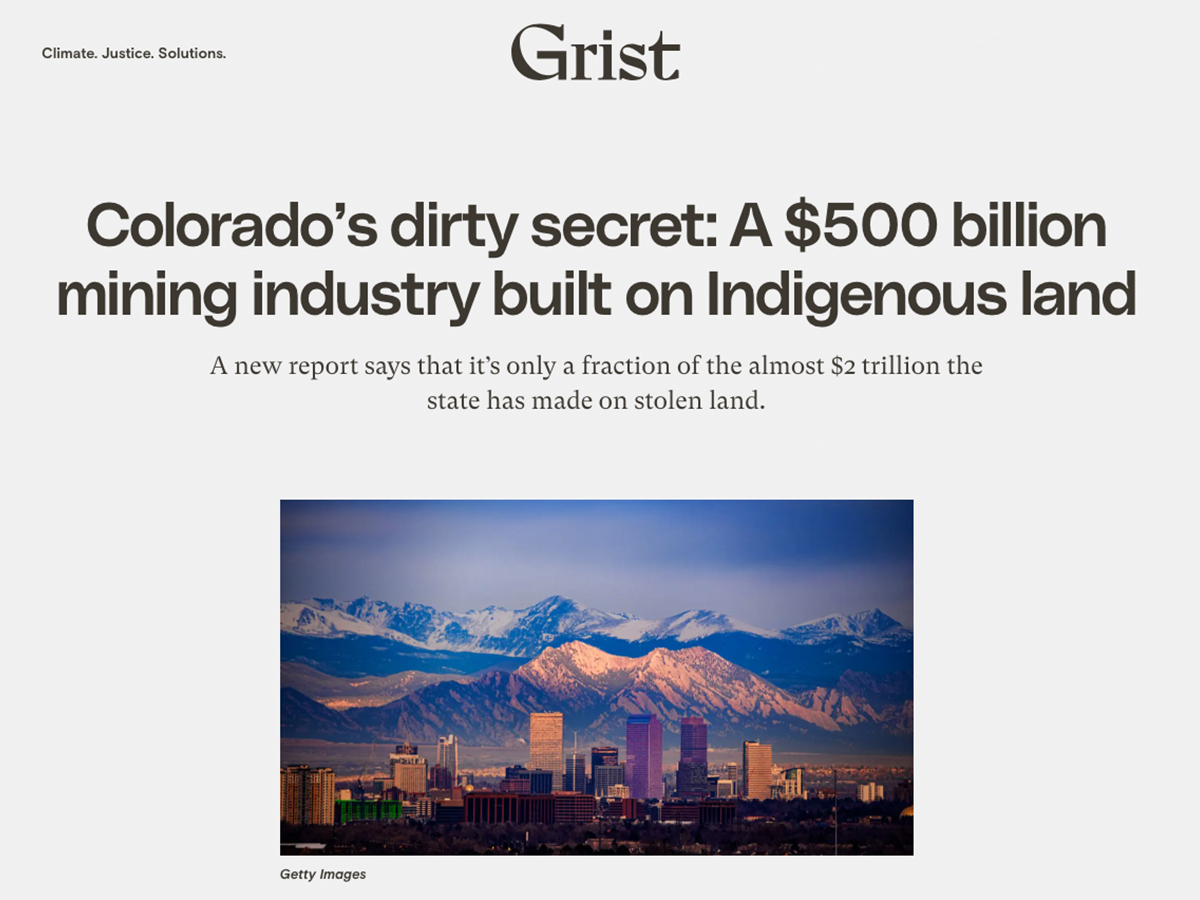
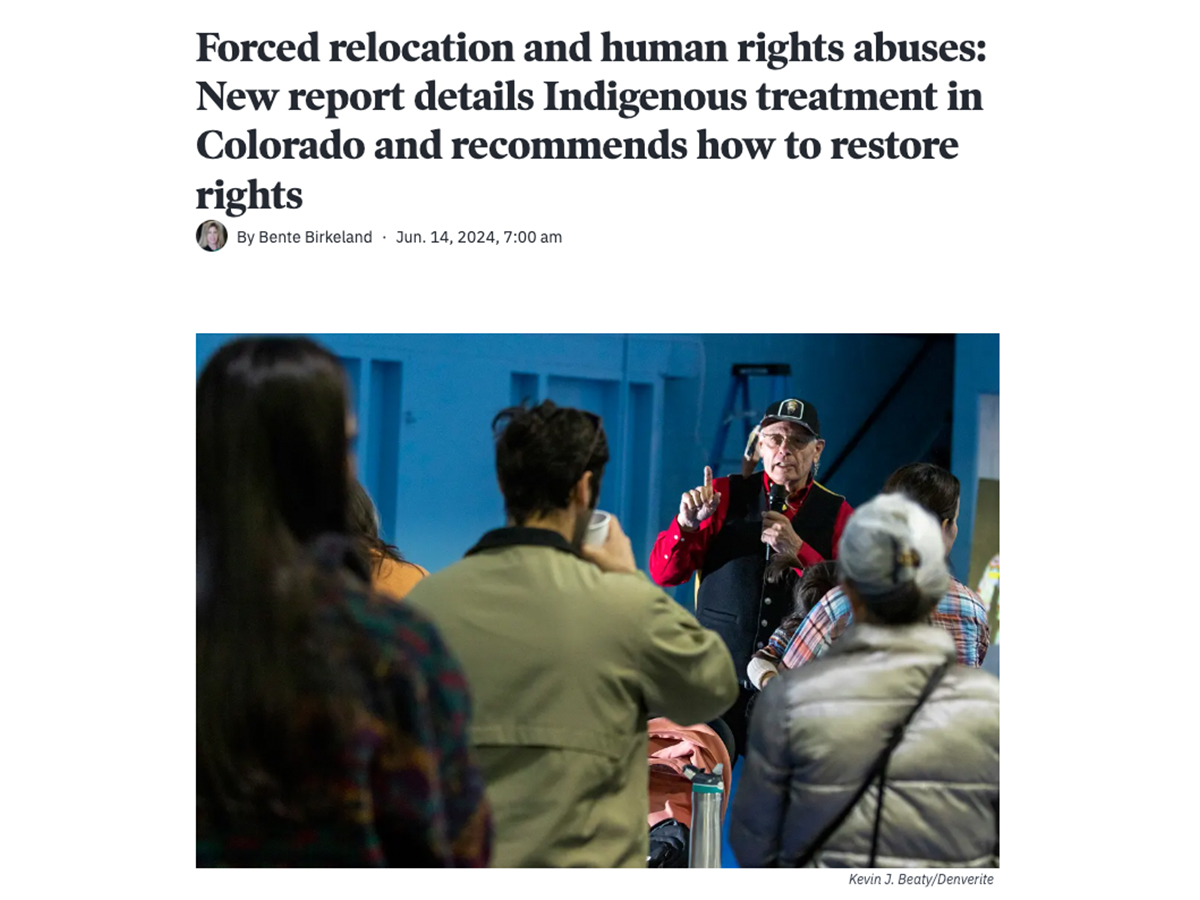



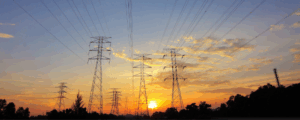

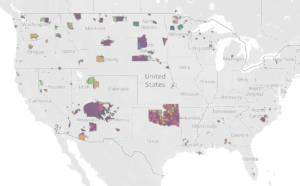


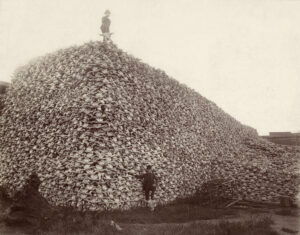


2 Responses
Good job Emma!
Thanks, Aliyah!